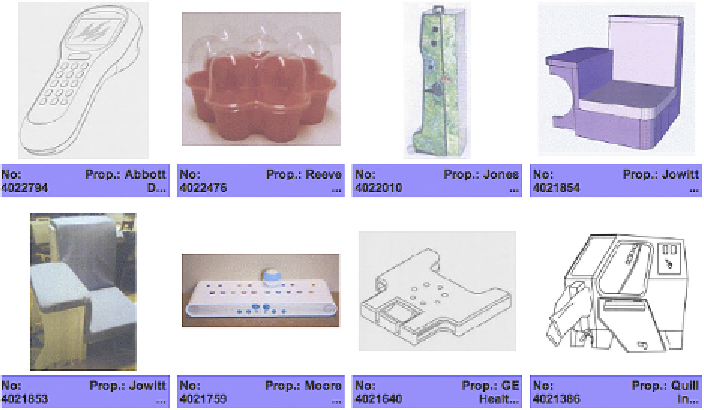Biomedical Engineering Reference
In-Depth Information
Figure 13.4
Example registered designs (endoscope).
The problem with IP is that it is always visible somewhere. Until you have a patent nothing
is safe. Keeping things secret is paramount. If you have a nice building all to yourself and
you work on your own then keeping things secret is relatively easy. But there's always the
potential to let the cat out of the bag unintentionally. So keep the “loose lips…” quote to mind
(
Figure 13.5
).
Working with universities brings this problem to the forefront of your mind. Academics and
professors live by publishing; it is their right to publish freely. If you work with an academic
institution have a contract stating that all publications relative to your work must be vetted
by you first. You must be able to veto anything that can go into the public domain that could
jeopardize your IP.
Working with manufacturers for prototypes can also be a problem. “The tank” anecdote is a
good solution here. In the First World War the British were building the first armored vehicles
- they had no name. To keep them secret they had separate items made all over the country
and they were then assembled in one high security plant. The manufacturers wanted to know
what they were making so the military told them they were making powered water carriers -
machines that moved water in large tanks. This name stuck and they have been called
tanks
ever since. But at that time who would have known what was being made? The car industry
does this by using names such as “project X33Y” - again, who knows what that is? The
lesson here is do not give your secret projects an identifiable name. If you are worried about
someone seeing the whole, get bits made in a variety of establishments so only you see the
final assembly.

Search WWH ::

Custom Search